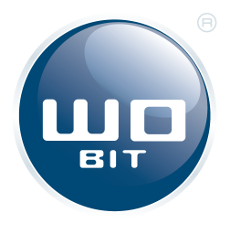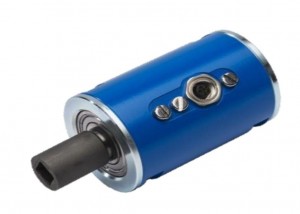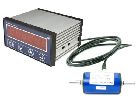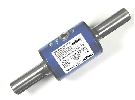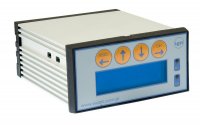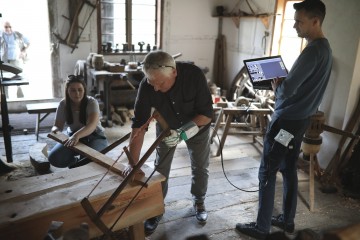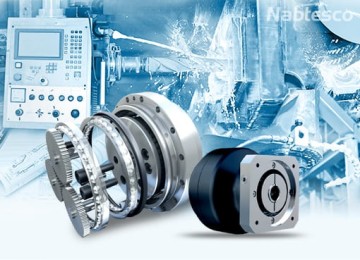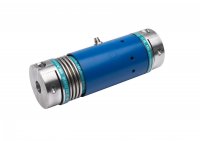
Torque measurements are an important element of technological processes. Thanks to their implementation it is possible to produce more economical and safer devices not only in the automotive industry, but also for example in the production of tools. The WObit company has been offering contactless moment sensors by NCTE for several years now. measuring equipment in-house.
Torque sensors enable contactless, static and dynamic measurement of axial moving moment in both directions in real time, as well as measurement of forces at selected measuring points. Such a possibility is provided by FAST technology that uses the reverse magnetostriction phenomenon. Magnetostriction is the phenomenon of deformation formation in ferromagnetic materials under the influence of magnetic field. It was discovered for the first time in 1842 by James Jouleâ during the observation of nickel magnetization. The reverse magnetostriction phenomenon, sometimes called the Villare effect, uses the deformation of the body's strength under the influence of external factors and the measurement of changes in the magnetic induction value.
Torque sensors consist of a primary sensor stal a magnetically encoded steel axis, a sensor secondary (magnetic field sensor) and electronics. Axes of sensors are not made of magnets, but of steel, which is magnetized by sending electrical pulses. It allows you to position the magnetic field very accurately.
A moment that acts on the axes causes proportional changes towards the magnetic field inside the axis. This is detected by the high resolution winding field, which is located 3 mm away from the axis. It is necessary to use a minimum of one pair of winding to realize the difference measurement of the changes. Each winding of the pair detects one of the two opposite magnetic fields. The windings are located in an additional housing, which eliminates the influx of external magnetic fields and provides additional protection. The oscillating elements, the windings generating the magnetic field and the winding holder co-fold on the unit called the secondary sensor.
Electronics transforms the change of the magnetic field of the axis into an electrical signal. As standard, NCTE offers sensors with voltage output (0..5V, 0..10V), current 4..20mA and PWM type. Sensors are supplied with cables and a wedge. The torque sensor, non-contact signal detector and signal conditioner electronics are integrated in the sensor housing.
Standard sensors are available in several measurement ranges, with an overload of up to 50% depending on the series. They are characterized by low power consumption, internally enhanced output signal and long-term stability. The smallest range from 2.5 to 500 Nm has � the DFM20 series , which is available both with the circle axis (DFM22) and the square axis (DFM21). DFM20 sensors have output signals from 0.5 to 4.5 VDC, maximum rotational speed from 0 to 1000 rpm and resolution 0.1% FS. They can work at temperatures between 0 and 70 ° C and have an IP50 protection rating. |  |
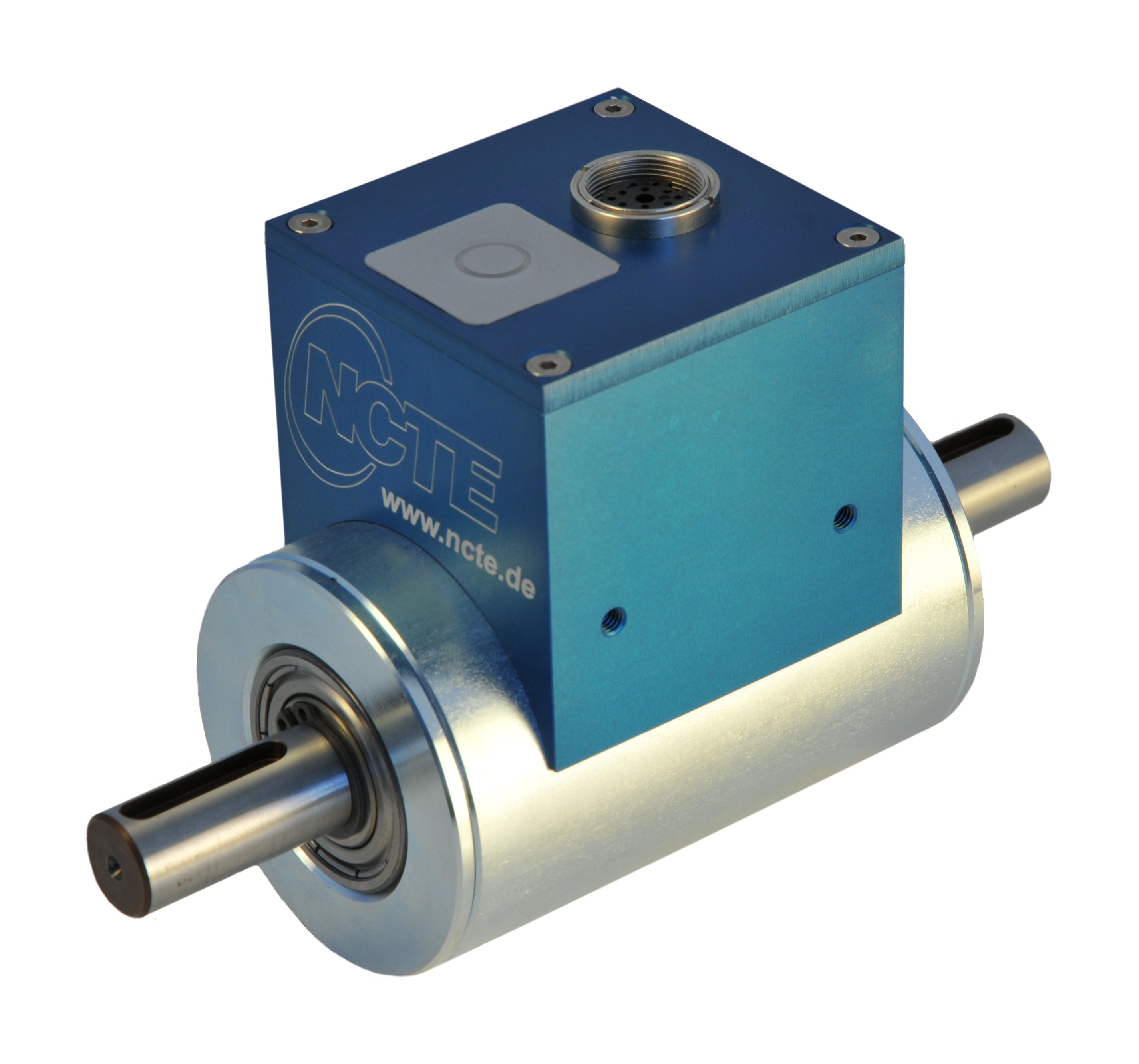 | DFM30 to ekonomiczna seria czujników o wysokiej precyzji pomiarowej, przeznaczona do testów laboratoryjnych i kontroli jakości. Zakres pomiarowy wynosi od 10 do 1000 Nm, przy maksymalnej prędkości obrotowej od 0 do 5000 obr./min. Mogą one pracować w temperaturze od -30 do +85°C i charakteryzują się stopniem ochrony IP50, opcjonalnie IP64. DFM30 zasilane są napięciem 12-28 VDC i generują sygnał wyjściowy ~5 V. |
| Seria DFM40 poza dwukierunkowym pomiarem momentu obrotowego w zakresie od 50 do 2000 Nm, jednocześnie realizuje pomiar prędkości obrotowej od 0 do 20000 obr./min. Dzięki wysokiej rozdzielczości (0,1 % FS) DFM40 jest odpowiednie do zastosowań w laboratoriach, jak również do kalibracji urządzeń, gdzie służą jako element referencyjny. | 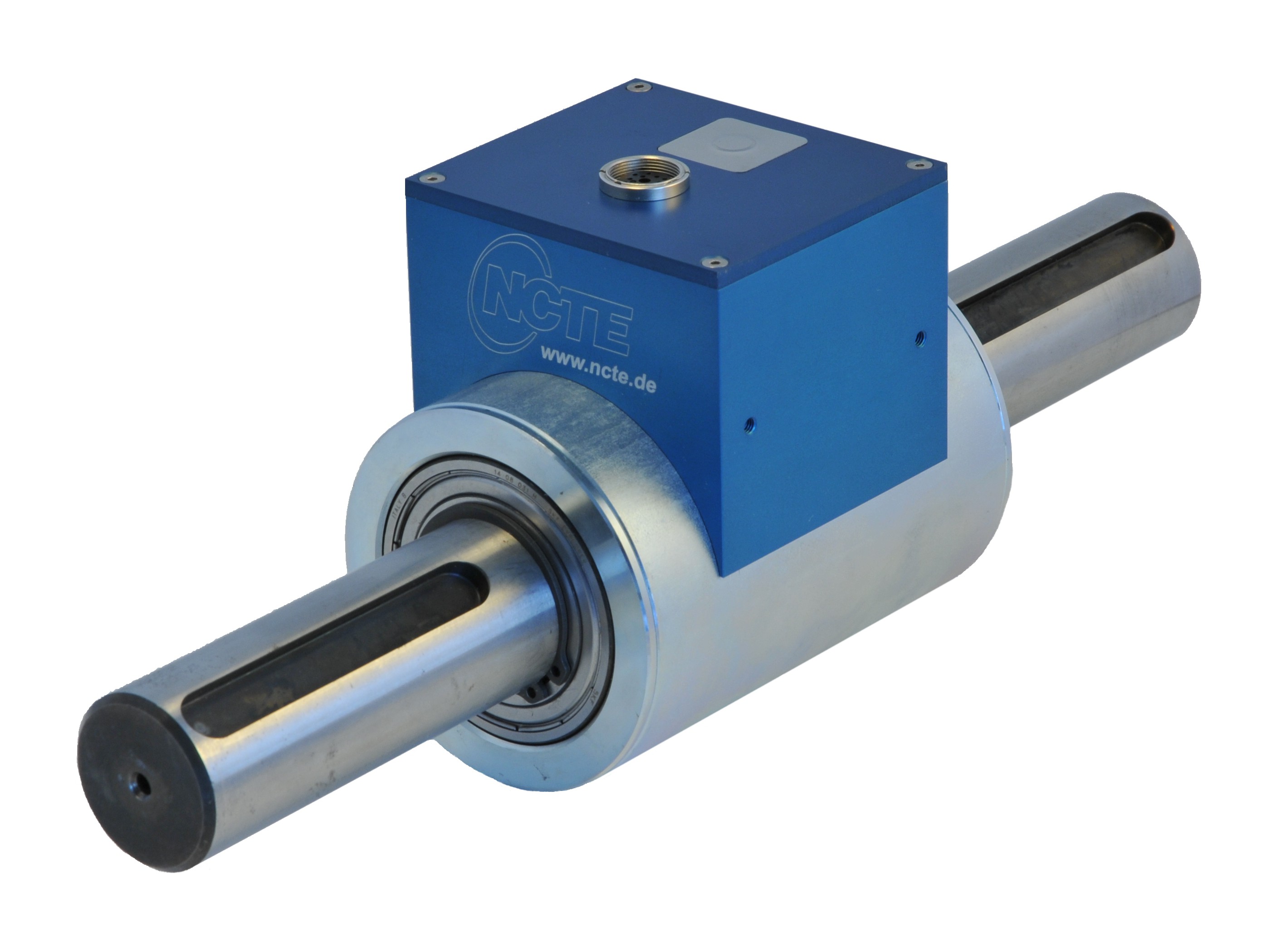 |
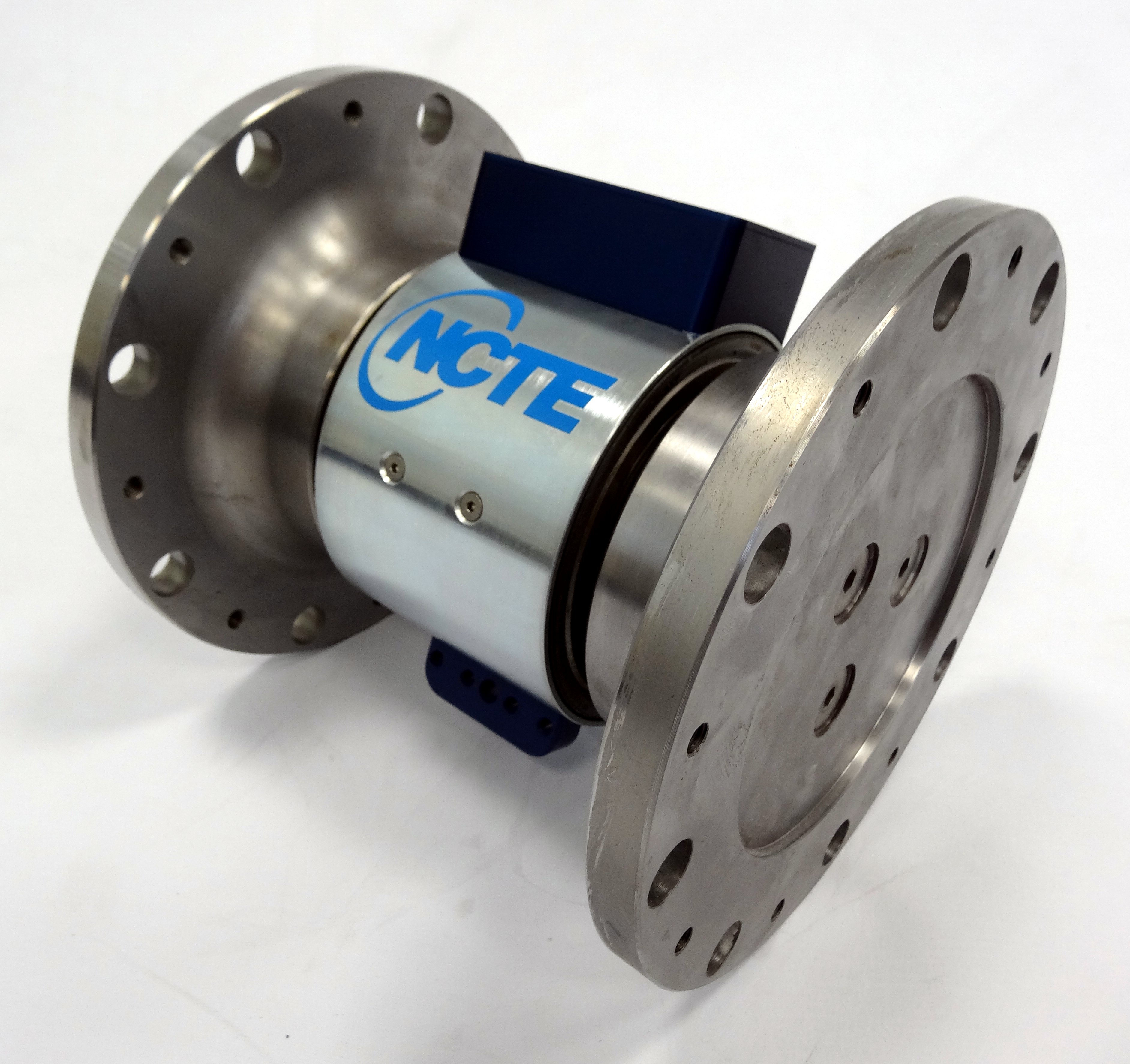 | DFM50 to seria, która umożliwia oddzielny pomiar momentu obrotowego i prędkości obrotowej. Zakres pomiarowy wynosi od 3000 do 50000 Nm i od 0 do 10000 obr./min. Czujniki mają sygnał wyjściowy 0…10 V i są zasilane napięciem 16-24 VDC. Rozdzielczość dla tej serii wynosi 0,1%FS. |
| Idealną serią dla pomiarów momentu i kąta w maszynach rolniczych i leśnych jest DFM70, która gwarantuje szeroki zakres pomiarowy i atrakcyjną cenę. Bezkontaktowa metoda pomiaru sprawia, że czujniki nie zużywają się mechanicznie, charakteryzują się długą żywotnością, wytrzymałością na warunki zewnętrzne oraz temperaturę. DFM70 mają stopień ochrony IP67 i mogą pracować w temperaturach od -40 do +105°C. Zakres pomiarowy wynosi od 3000 do 5000 Nm i generuje sygnał wyjściowy 0..10 V, dla tej serii dostępny jest również interfejs CAN. Czujnik jest dostarczany wraz z przewodami oraz klinem zabezpieczającym. | 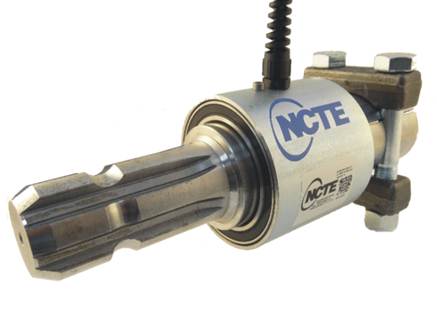 |
 | WObit proponuje wskaźnik MD150M dedykowany do współpracy z bezstykowymi czujnikami momentu obrotowego z serii DFM21/22. Na życzenie istnieje możliwość modyfikacji urządzenia do współpracy z pozostałym seriami czujników. MD150M jest wyposażony w dwa interfejsy komunikacyjne. Złącze USB oraz darmowa aplikacja MD150M-PC pozwalają na szybką konfigurację wskaźnika oraz rejestrację pomiarów do pliku lub na wykresie. |
RS485 Modbus-RTU pozwala natomiast na komunikację wskaźnika z urządzeniami przemysłowymi takimi jak panele HMI czy sterowniki PLC. MD150M posiada ponadto 2 wyjścia przekaźnikowe, które mogą sygnalizować ustalone przez użytkownika progi oraz dwa dedykowane wejścia cyfrowe. Wskaźnik umożliwia konwersję wyniku w Nm lub Ncm oraz cyfrowe filtrowanie i uśrednianie pomiarów.
A wide area of â??â??application for torque sensors is m.in. The automotive industry, where sensors are used to determine the drive characteristics, are also used in power steering or gearbox control systems. The dynamic development of this industry means that, apart from dedicated solutions for Formula 1, car manufacturers use torque sensors in series production.
Inną branżą, w której istotny jest pomiar momentu jest produkcja maszyn i narzędzi takich jak wkrętarki przemysłowe. Poza narzędziami czujniki są powszechnie stosowane w procesach produkcyjnych, przy montażu obudowy czy też dokręcaniu nakrętek do butelek. Innym ciekawym obszarem zastosowań są laboratoria badawcze oraz jednostki certyfikujące. Szczegółowe informacje na temat czujników można uzyskać pod numerem 61 22 27 422 oraz na stronie www.wobit.com.pl.
